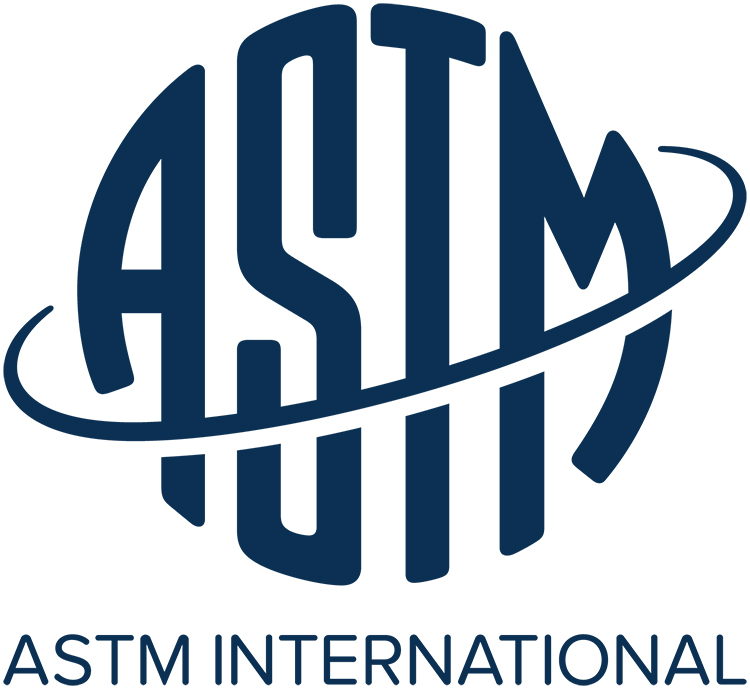It has been a long overdue standard document that will greatly help the end users gather relevant information for making their educational institutions safer to mitigate the effects of an armed aggressor.
The proposed release of the document is the Fall 2020. We will update everyone with the progress of this important document as it becomes available.
ASTM F12 & E54 New Standard on Mitigation of Armed Aggressors in Educational Institutions
We are developing a new ASTM Standard on Mitigation of Armed Aggressors in Educational Institutions (brief scope below). The primary purpose of this ASTM effort is to put a design tool in the hands of both designers and stakeholders that will help deal with the armed aggressor problem. Most of the existing guidance speaks in generalities about security systems, school layouts and operational issues but nothing overly specific. There are many silos of expertise, innovative ideas and solutions throughout the country which are being implemented in the design of educational institutions. The design community needs to have a comprehensive document/standard that collects all of this information and best practices into a single source and has the review/vetting/authority of a standards institution such as ASTM. This document/standard will guide the design process, ensure that designers have addressed major security components/layout of facility, and provide best practices which can be implemented to provide a safer environment for learning.
ASTM International Committees F12.10 and E54.05 have undertaken a joint project to develop a new Standard Guide to address the design of educational institutions to mitigate rapid mass murder incidents. This will be a school design guide that addresses physical protection to deter, detect and delay incidents from armed aggressors. The intent of this new standard is to serve as a tool for school officials and designers to help them field a safer facility. This standard development project will involve architects and engineers with security experience with reach back to law enforcement and government agencies.
Draft Scope Statement for new standard:
1. Scope
1.1 This guide describes risk and threat analysis, design, specification, selection and application of building plans and systems to minimize the impact of armed aggressors in educational institutions.
1.2 This guide does not purport to address all safety concerns associated with armed aggressors and it is the responsibility of the user of this standard to work with education professionals, security professionals and law enforcement officials to appropriately implement safety policies, procedures and mitigation systems.
1.3 This guide is intended to supplement building code requirements and it is up to the user to determine the applicability of regulations and their application hierarchy prior to use.
1.4 This guide is intended for new construction of educational institutions, however, much of the information contained within this document can be used to analyze and improve security measures at existing facilities to minimize the impact of armed aggressors.
1.5 This guide is intended to address physical security measures and does not address educational safety/security policies, programs or outreach in detail, which are equally important, but should be developed uniquely for each institution based on the existing policies, procedures and culture of that institution.
ASTM F12 Security Systems and Equipment Committee
ASTM E54 Committee on Homeland Security Applications
https://www.linkedin.com/pulse/astm-standard-mitigation-armed-aggressors-educational-jeff-brown/

